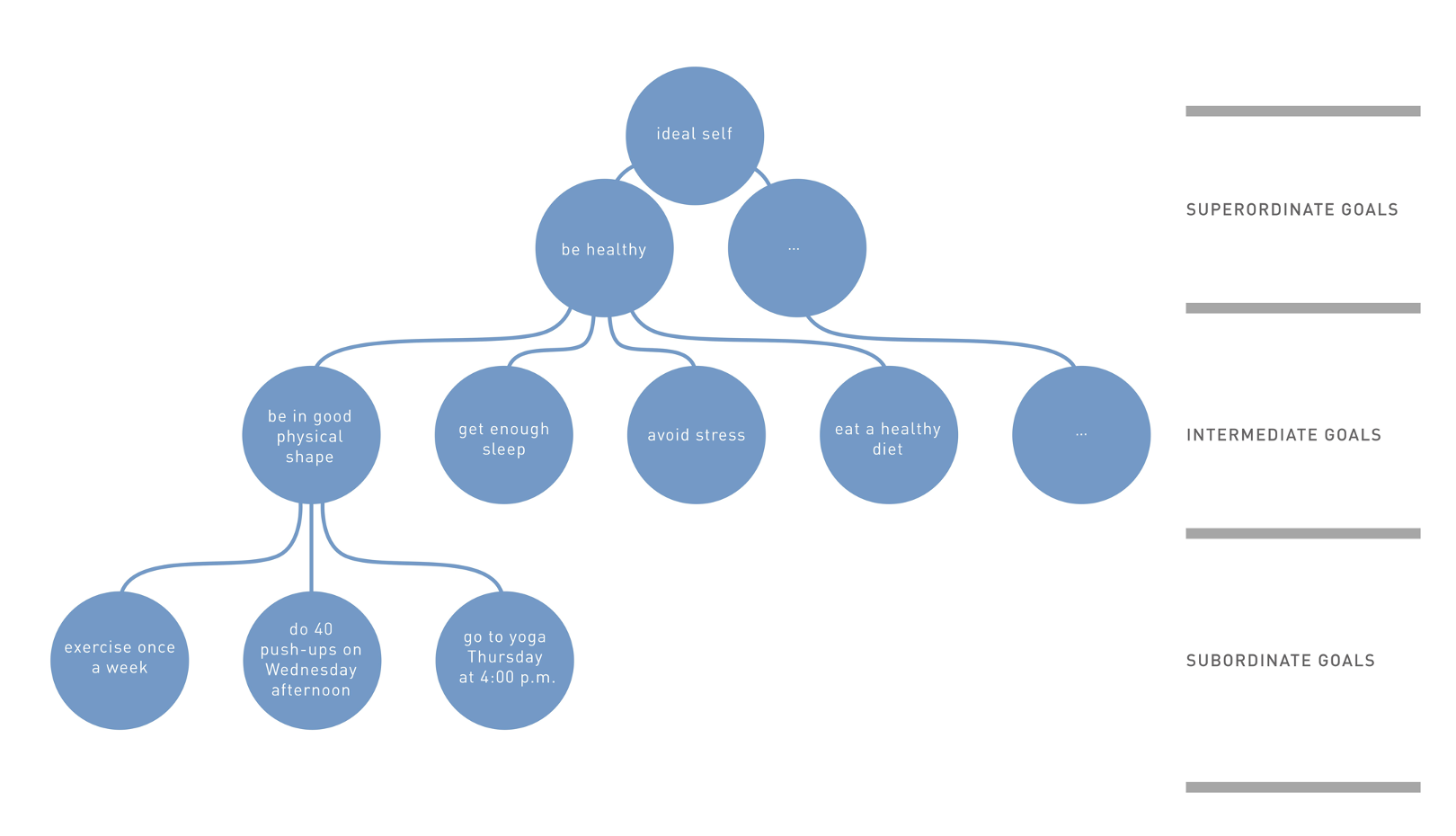Written By: Dr Tom Eaton (Accredited Exercise Physiologist)
We would like to thank all within the Inspire Fitness and Exercise Physiology community who attended our recent education seminar on Tuesday 15th Feb 2023. It was great to see many of you in attendance, and we hope you were able to take away some useful information to put into action for 2023.
For those who were not able to attend, I have summarised the key points below. If you want more information, or are seeking help with goal-setting and/or behaviour change please come and speak with one of our team.
 Behaviour Change Techniques
Behaviour Change Techniques
At one time or another, each of us has attempted to change our behaviour in the pursuit of improving our health and wellbeing. We often set goals, make plans and try to follow them, and review our progress in the hope of achieving our goals. These strategies are known as Behaviour Change Techniques (BCT’s), and can help us sustain our behaviour change in the long term¹. Some common BCT’s include goal setting, action planning, feedback, self-monitoring, and social support¹. Some BCT’s are better suited to certain individuals and populations than others, so what strategies work for others may not be most appropriate for you and your situation¹. Please speak to us for more information about which BCT’s are going to help you achieve sustainable, long-term health behaviour change.
Goal setting
You may have tried a number of different goal setting strategies in the past with varying degrees of success. Traditional strategies can often result in us placing pressure on ourselves to achieve very specific targets, and deviations from our pre-determined plans and goals are often viewed as failures. This can reduce self-confidence, cause de-motivation and result in us becoming less active and healthy. Understand how to set goals effectively and support them with evidence based BCT’s often leads to improvements in health behaviours and long-term changes in health status.
But how do we do this?
Establishing a goal hierarchy including superordinate, intermediate and subordinate goals may be helpful when beginning the process of health behaviour change².
- Superordinate goals – Broad, big picture goals that align with your values and identity e.g. “be fit and healthy” ²
- Intermediate goals – More specific goals that provide direction on how to achieve superordinate goals e.g. “exercise more” ²
- Subordinate goals – Precise goals that are process oriented and inform how upper level goals will be achieved e.g. “exercise 3-5 times per week” ²
An example of a goal hierarchy is provided below, and a worksheet is attached to the end of this article for your reference.

Image credit: Höchli, B. et. al. (2018). Frontiers in Psychology, Vol. 9. doi: 10.3389/fpsyg.2018.01879
There are several characteristics of goals that are important to consider when establishing your hierarchy:
- Goal Difficulty: Goals should strike a balance between being too easy (lowers sense of achievement and self-belief) and too hard (de-motivating if you don’t believe you will reach them). Setting challenging goals increases physical activity even when the goals are not met³.
- Process v Outcome: Process goals sit at the lowest level of the hierarchy and inform how upper level, outcome based goals will be achieved. E.g. “Run 3-5 times per week” (process) v “run 5km” (outcome). Focusing on process goals may improve performance and self-efficacy4
- Mastery v Performance: Setting a goal of learning a new skill (e.g. learn a pullup) or refining an existing skill rather than a performance goal (do 10 pullups) may help maintain self-confidence when we encounter setbacks and obstacles5.
- Approach v Avoidance: Approach goals help us work towards a desired outcome (e.g. eat vegetables with every meal) and are often associated with positive emotions. Avoidance goals (e.g. don’t eat chocolate) have the opposite effect when we fail to meet them, leading to more negative emotions and feelings of de-motivation5.
- Flexible v Rigid: Setting flexible goals with defined limits (e.g. exercise 3-5 times per week) leaves us room for error when we inevitably stray from our plan. When our goals are more rigid (e.g. exercise 5 times per week) we often think not meeting the plan is a failure, which lowers our self-confidence and motivation6.
Useful BCT’s to support your goals
You may find the following BCT’s useful in supporting you to achieve your goals:
- Self monitoring – use a watch, app, diary or other means to track you progress over time. This allows you to observe your adherence and improvement over time and can increase motivation to continue¹.
- Action plans – the what, when and where of your exercise¹, planned out each week to give you some structure and help turn thoughts into actions (e.g. “I will run at 6am on Monday, Wednesday and Friday for 30 mins at the oval near home”).
- Coping plans – “If-then” plans that help you overcome barriers (e.g. “If it is raining I will run on the treadmill at the gym”)
- Social support – Exercise with friends or family1, or discuss your goals with family or friends so they can provide emotional support and encouragement to keep going when things get tough¹.
For other goal setting strategies and behaviour change techniques or for further help developing a goal hierarchy and behaviour change plan, please make an appointment with one of our EP team.
1. Michie , S. et al. (2013), Annals of Behavioral Medicine, 46 (1). https://doi.org/10.1007/s12160-013-9486-6
2. Höchli, B. et. al. (2018). Frontiers in Psychology, Vol. 9. doi: 10.3389/fpsyg.2018.01879
3. Chevance, G. et. al. (2021). Health Psychology, 40(1), 30–39.
4. Williamson, O. et al. (2022) International Review of Sport and Exercise Psychology, DOI: 10.1080/1750984X.2022.2116723
5. Bailey RR. (2017). Am J Lifestyle Med. Sep 13;13(6):615-618. doi: 10.1177/1559827617729634
6. Helms E. et al. (2019). Sports (Basel). Jul 16;7(7):172. doi: 10.3390/sports7070172
